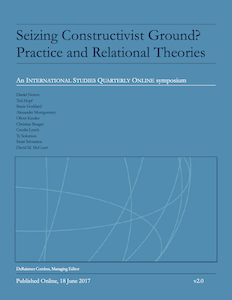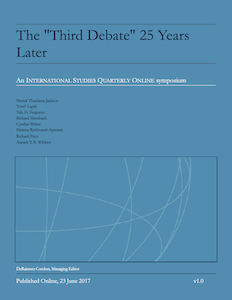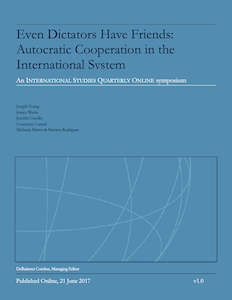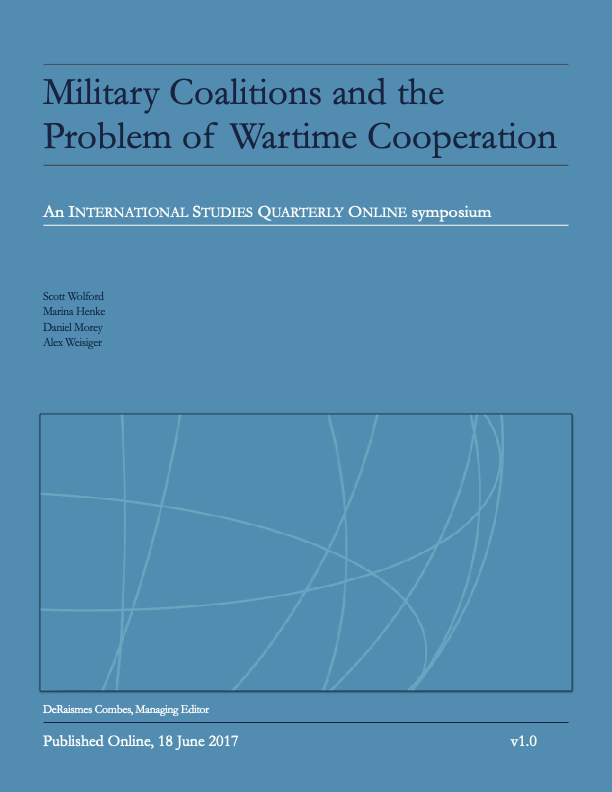Discussion and debate concerning Noelle K. Brigden (2016), “Improvised Transnationalism: Clandestine Migration at the Border of Anthropology and International Relations” International Studies Quarterly 60 (2): 343-354.
Contributors: Meera Sabaratnam, Stephan Scheel, Nora El Qadim, Philippe M. Frowd, and Noelle K. Bridgen.









